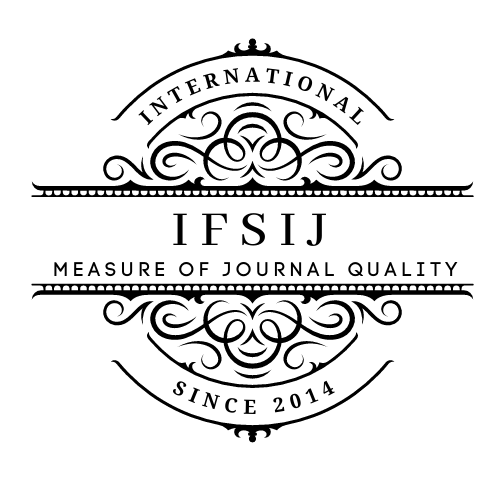ABU HAFS NASAFI AND THE STUDY OF HIS SCIENTIFIC HERITAGE
Keywords:
Abu Hafs Nasafi, islamic intellectual history, Sunni theology (ʿaqāʾid), Central Asian scholarship, hadith sciences, Transoxiana islamic tradition.Abstract
This paper provides a comprehensive analysis of the life, intellectual legacy, and scholarly contributions of Najm ad-Din Abu Hafs Nasafi, a prominent 11th–12th-century encyclopedic thinker and theologian of the Islamic Golden Age. Widely recognized for his prolific authorship—exceeding 100 works—Nasafi's contributions span Islamic theology, jurisprudence, and hadith sciences. His most renowned work, al-ʿAqāʾid, played a pivotal role in Sunni doctrinal formation and gained international scholarly recognition, particularly in 19th-century European Islamic studies. This research examines the historical context of Nasafi’s life, tracing his scholarly development from Nasaf to Samarkand, and explores the cultural and scientific vibrancy of the region during his time. The study also assesses his reception in medieval Islamic historiography, notably by Abu Saʿd al-Samʿānī, and evaluates modern academic works, including contemporary dissertations focused on his theological and encyclopedic outputs. Furthermore, the paper discusses Nasaf’s significance within the broader evolution of Islamic sciences in Transoxiana and the enduring legacy of the Nasaf tradition in hadith scholarship. By drawing on both primary biographical sources and secondary historical literature, this paper highlights the foundational role of Abu Hafs Nasafi in the development of Islamic intellectual traditions in Central Asia.
Downloads
Published
Issue
Section
License

This work is licensed under a Creative Commons Attribution-NonCommercial-NoDerivatives 4.0 International License.















